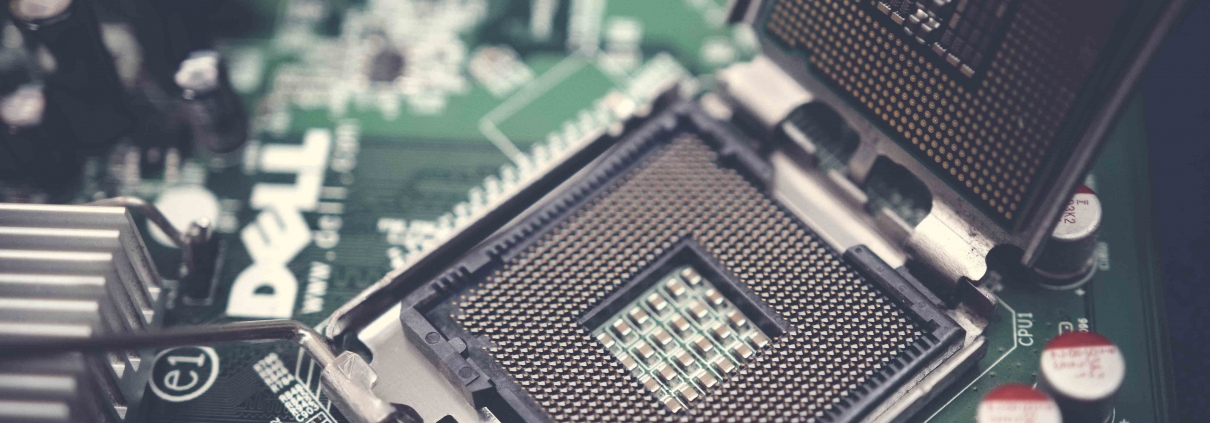PCBs come in varying types, shapes, and sizes. They are always being modified to fit modern technological requirements. Aluminium PCBs are a type of PCBs that has been around for quite some time, in fact, their first development can be traced back to the 1970s. They are quite different from your ordinary PCBs.
For aluminum PCBs, there is much you need to know. They have many differences from ordinary PCB boards. The PCB contains a copper-clad lamination and aluminum-based metalcore. Other than that, aluminum in itself acts as a suitable metal substrate and is less costly.
What is Aluminium PCB?
Among the metal core PCBs, aluminum PCBs are the most commonly found ones. As the name suggests the base material used is aluminum in the form of a core along with standard FR4. Due to its material design, it works brilliantly in terms of heat dissipation and so it ideal for applications that demand more power. The first aluminum PCBs were developed in the 1970s after which their applications increased drastically. In modern times they are used in LED lighting, power systems, and automotive systems. Due to their wide-scale use, it is necessary as a PCB hobbyist to have a basic understanding of aluminum PCBs.
Composition & Manufacturing
We’ve discussed before that aluminum PCBs contain aluminum as one of their base materials, in fact, it is the critical component of the metalcore. Along with this, there is a thin layer of thermal dielectric material and electrically insulating material. In total, we can identify 3 layers i.e
- Circuit Layer: The circuit layer is composed of copper foil.
- Thermal Insulation Layer: Or the dielectric layer. This layer is both electrically insulating as well as thermally conductive.
- Base Layer: The base is composed of an aluminum alloy substrate.
As for the manufacturing of Aluminum PCBs, the thin dielectric layer is added between the circuit and base layers. Once this is positioned, the circuit layer composed of copper foil is etched to give you the circuit pattern. The metal base at the core will help work with the
- High Thermal Conductivity Aluminum PCBs
These PCBs have excellent thermal conductivity. It gets this quality from its material design. The insulating layer used here is an epoxy resin material that allows for it.
- High-Frequency Aluminum PCBs
In these PCBs, the insulating layer is made up of polyolefin/polyimide, or fiberglass between an epoxy resin. This allows for higher levels of flexibility in the PCB.
Advantages of Aluminium PCBs
There a number of advantages of Aluminum PCBs that make them stand out. Some of these are enlisted below:
- Alunumium itself is non-toxic and recyclable, therefore proving aluminum PCBs to be environmentally friendly.
- As we’ve discussed before, aluminum PCBs are ideal due to their heat dissipation capabilities. High levels of heat can damage devices so this makes it a major plus point for aluminum PCBs.
- Aluminum PCBs are more durable as the material is far more sturdy and can help reduce the chances of breakage.
- Aluminum is also a pretty lightweight material reducing the overall weight of the printed circuit board.
- Aluminum PCBs are generally more thermally conductive as opposed to the standard thermal glass PCBs.




